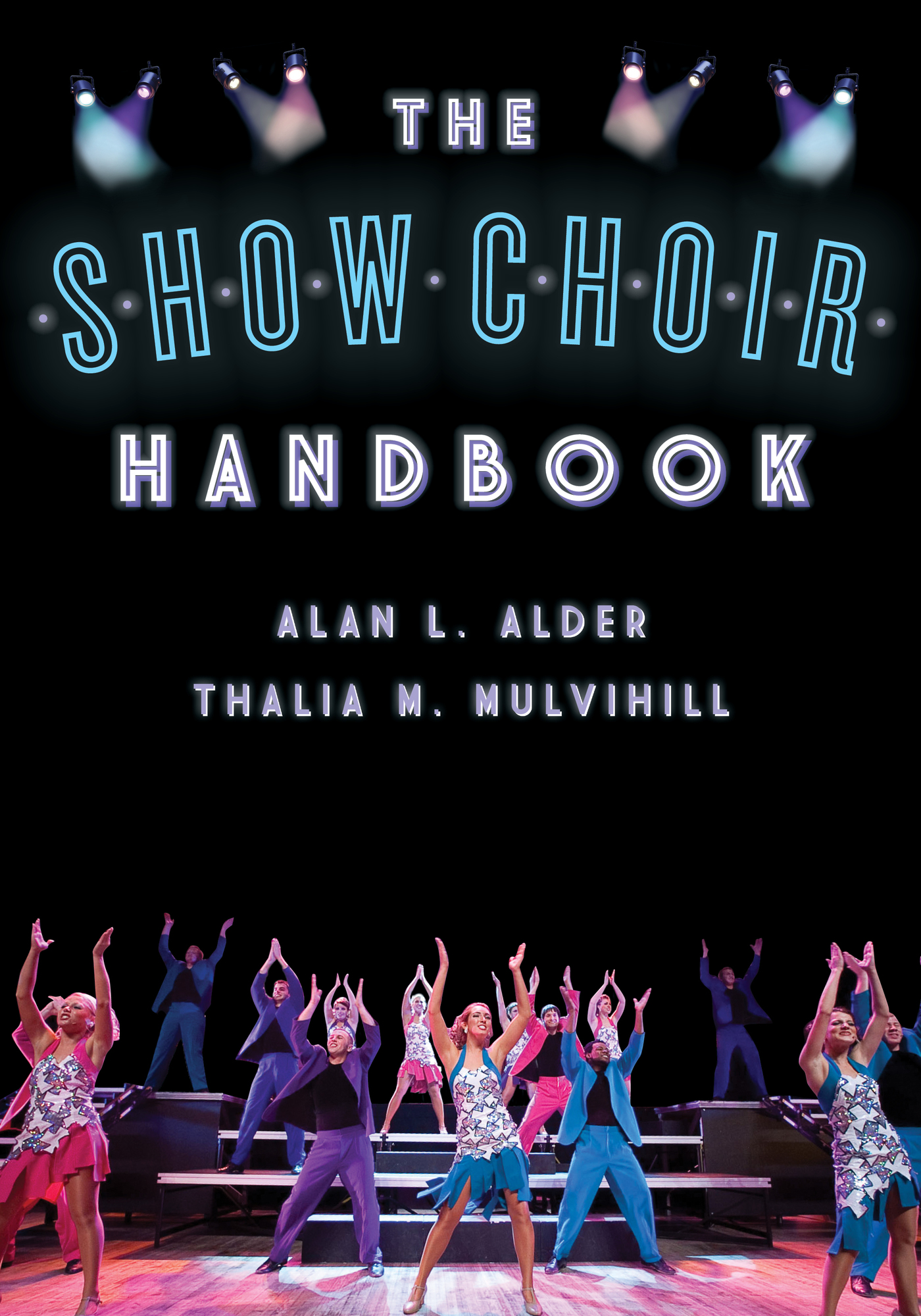The Show Choir Handbook
The Show Choir Handbook
Alan L. Alder
Thalia M. Mulvihill
ROWMAN & LITTLEFIELD
Lanham Boulder New York London
Published by Rowman & Littlefield
A wholly owned subsidiary of The Rowman & Littlefield Publishing Group, Inc.
4501 Forbes Boulevard, Suite 200, Lanham, Maryland 20706
www.rowman.com
Unit A, Whitacre Mews, 26-34 Stannary Street, London SE11 4AB
Copyright 2016 by Alan L. Alder and Thalia M. Mulvihill
All rights reserved. No part of this book may be reproduced in any form or by any electronic or mechanical means, including information storage and retrieval systems, without written permission from the publisher, except by a reviewer who may quote passages in a review.
British Library Cataloguing in Publication Information Available
Library of Congress Cataloging-in-Publication Data
Names: Alder, Alan L., 1973 | Mulvihill, Thalia M., 1963
Title: The show choir handbook / Alan L. Alder, Thalia M. Mulvihill.
Description: Lanham, Maryland : Rowman & Littlefield, [2016] | Includes bibliographical references and index.
Identifiers: LCCN 2016013311 | ISBN 9781442242005 (hardcover : alk. paper) | ISBN 9781442242012 (pbk. : alk. paper) | ISBN 9781442242029 (ebook)
Subjects: LCSH: Show choirsManagement.
Classification: LCC MT88 .A38 2016 | DDC 782.5dc23 LC record available at http://lccn.loc.gov/2016013311
 TM The paper used in this publication meets the minimum requirements of American National Standard for Information Sciences Permanence of Paper for Printed Library Materials, ANSI/NISO Z39.48-1992.
TM The paper used in this publication meets the minimum requirements of American National Standard for Information Sciences Permanence of Paper for Printed Library Materials, ANSI/NISO Z39.48-1992.
Printed in the United States of America
List of Figures
Preface
As coauthors, our areas of expertise complement one anothers, and we used that to our advantage throughout our collaborative writing experience. Alan, the experienced musician and director of multiple show choirs and choral ensembles, brings content expertise and a wealth of experience. As the creator and first author of this user-friendly guidebook, he is the primary narrator. Thalia, the experienced qualitative researcher who has developed many innovative pedagogies related to college and university teaching, brings a critical friend framework and collaborative writing stance to the project. Her contributions as a second author are threaded and embedded throughout the text as supports to the first author, helping to improve accessibility of the writing and assisting the first author in the process of making his tacit knowledge known and usable to a broad audience.
Using a critical friends framework
Metaphorically, readers may experience this coauthored collaboration as a musical fugue,
It is our hope that readers of this book feel a communion with other educators seeking to elevate a best-practices model while valuing critical friends approaches to strengthening professional development for educators.
Notes
J. A. Moore and J. Carter-Hicks, Lets Talk! Facilitating a Faculty Learning Community Using a Critical Friends Group Approach, International Journal for the Scholarship of Teaching and Learning 8, no. 2 (2014): 9; M. D. Cox, Fostering the Scholarship of Teaching through Faculty Learning Communities, Journal on Excellence in College Teaching 14, no. 2/3 (2003): 16198; C. F. Thorgersen, Learning among Critical Friends in the Instrumental Setting, Update: Applications of Research in Music Education 32, no. 2 (2014): 6067; S. Schuck and T. Russell, Self-Study, Critical Friendship, and the Complexities of Teacher Education, Studying Teacher Education 1, no. 2 (2005): 10721.
K. Gale and J. Wyatt, Between the Two: A Nomadic Inquiry into Collaborative Writing and Subjectivity (Newcastle upon Tyne, UK: Cambridge Scholars Publishing, 2009).
Schuck and Russell, Self-Study, Critical Friendship, 107.
Thorgersen, Learning among Critical Friends.
C. Adams and E. Slaven, Mentoring in Two Voices: An Autoethnographic Fugue, International Journal of Mentoring and Coaching 9, no. 2 (2011): 3855. http://www.emccouncil.org/src/ultimo/models/Ejournal/31.pdf.
T. A. Smith, Anatomy of a Fugue, 2011, available at http://jan.ucc.nau.edu/~tas3/fugueanatomy.html.
T. A. Smith, Anatomy of a Fugue.
Acknowledgments
I would like to express my sincere appreciation to the following:
Dr. Thalia Mulvihill, for willing to be a part of this project as a coauthor and mentor.
Dr. Duane Karna, dissertation advisor and committee cochair, for guidance and support during my graduate work and for moral support during this project.
My partner, Thomas McWilliams, our daughter Carrissa, and grandchildren, Chloe and Avery, for their constant support and encouragement; without it, I would not be at this point in my life. I am truly grateful for such a strong presence in my life to push me and support me in everything I do.
My brother, Cory Alder, for being there when it all began and having the courage and patience to follow me for eight years at AHSand for including me in his own dream. You are the BEST.
My parents, Debbie Bush and Brian Alder, for taking a risk in buying a nine-year-old boy a piano before they even owned their own car or home. You both believed in me first, and without that I would not be here todaythank you so much!
My grandparents, Kendrick and Joan Hosier and Charles and Wilda Dickinson, for funding my early music education.
The Ball State University Singers and Jan Richard, for keeping me going and reminding me that why what I do is important, and for making every rehearsal and day of work a joy.
Lawrence Fitz for getting it and for being a part of it. There are so few people in the world who truly understand this endeavor and the challenges within. Thanks for being such an important part of my education.
Dr. Michael Davis, for serving as an inspirational power source since we met in 1999.
Dr. Ramon E. Meyer, for inspiring me to become a choral conductor.
Rick Seaver and Debbie Andis, for showing me what it really takes to make it in the world of teaching and directing show choirs.
The many friends, family members, and associates who have encouraged and supported me throughout my education.
Alan J. Alder
Chapter 1
Introduction and History of Show Choir
Every year nearly four thousand people graduate with a degree in choral music education from U.S. institutions of higher education. These degree programs are designed to prepare educators to teach music in middle and high school environments where their assignments often include directing a show choir and other similar performances. While forms and types of preparedness or readiness for teaching after completing a degree are often studied among the population identified as middle and secondary school teachers, the literature is silent on this specific subgroup of music educators who also have show choir responsibilities. The ideal, or preferred, knowledge base for this group of educators is crafted, well documented, and routinely evaluated by organizations such as each states professional music teachers organization, the National Association of Schools of Music, and the American Choral Directors Association. Courses found most commonly in the music educator curriculum include a focus on choral methods, classroom management, vocal pedagogy, choral and solo vocal literature, music theory and ear training, conducting, and choral arranging that serve them in their preparation to best serve their students. However, there is another equally important set of skills and experiences that is not often found embedded within the curriculum. First-year middle or high school choral directors often express some version of the following sentiment: I do not remember ever hearing anything about
Next page
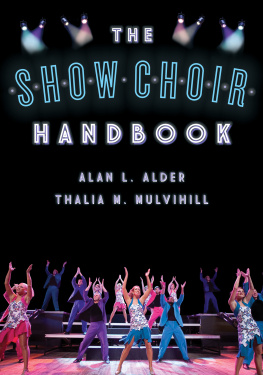

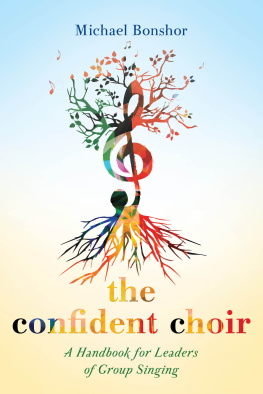
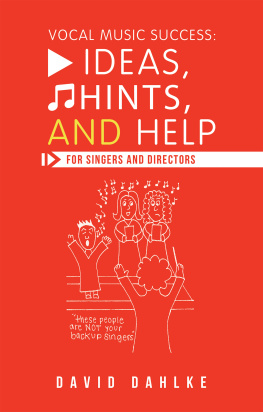
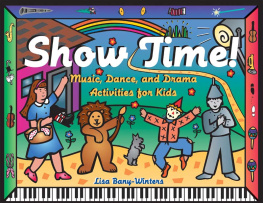
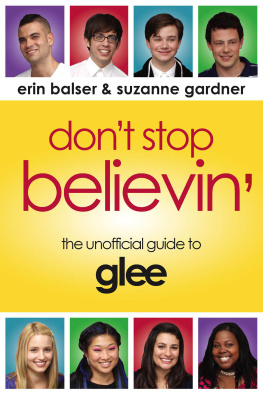

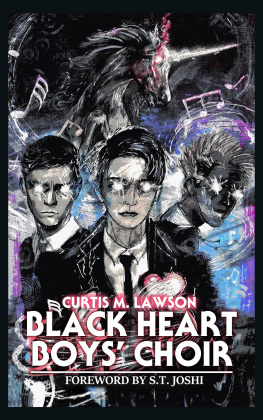
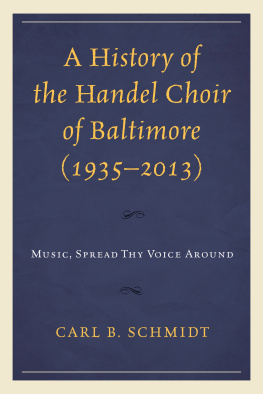
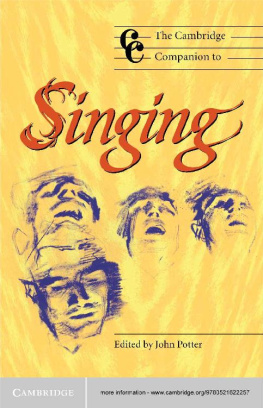
 TM The paper used in this publication meets the minimum requirements of American National Standard for Information Sciences Permanence of Paper for Printed Library Materials, ANSI/NISO Z39.48-1992.
TM The paper used in this publication meets the minimum requirements of American National Standard for Information Sciences Permanence of Paper for Printed Library Materials, ANSI/NISO Z39.48-1992.